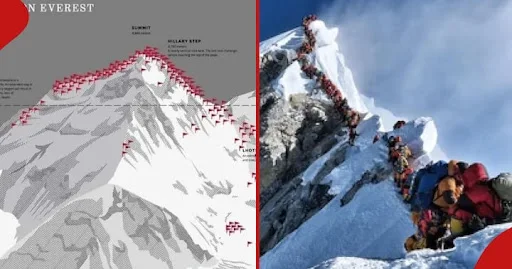Are you a fan of entertainment, culture, and lifestyle? Do you want to stay updated on what’s happening the world of news , celebrity shows breaking
3/related/default
Menu Footer Widget
Trending
Shoutcast Hosting Stream Hosting Radio Server Hosting However, Gorga’s tension with Teresa wasn’t the only reason she hasn’t reache…
Reader list
In an unexpected twist that has left fans worldwide in awe, global music icons Beyoncé and Jay-Z decided to ditch the limelight for a day of advent…
Shoutcast Hosting Stream Hosting Radio Server Hosting By Criss By Emma Firth Hollywood superstar Zendaya, known by her first na…
Star ⭐✨ life
The home of entertainment
Top Newz
Shoutcast Hosting Stream Hosting Radio Server Hosting By Criss By Emma Firth Hollywood superstar Zendaya, known by her first na…
Contact form
@The world 🌎 f news
Total Pageviews
Hot 🔥
Labels
Tags
Labels
Followers
Followers
Categories
- Bahati (2)
- Beyonce (14)
- Business (13)
- Celebrity (286)
- Crime (4)
- Diamond platniumz (11)
- Gossip (248)
- Hip hop (114)
- Hiphop (13)
- Jay-Z (3)
- Kanye west (9)
- Kendrick (3)
- Kenyan celebrity (41)
- Kim Kardashian (6)
- Local (8)
- marriage (8)
- Meghan Markle (7)
- Music (1)
- News (36)
- Offset (3)
- P square (1)
- playlists (1)
- politics (1)
- Prince Harry (1)
- Rihanna (4)
- showbiz (8)
- Taylor swift (3)
- Terms (1)
- Trump (2)
- Video (2)
- Videos (2)
Labels
- Celebrity (286)
- Gossip (248)
- Hip hop (114)
- Kenyan celebrity (41)
- News (36)
- Beyonce (14)
- Business (13)
- Hiphop (13)
- Diamond platniumz (11)
- Kanye west (9)
- Local (8)
- marriage (8)
- showbiz (8)
- Meghan Markle (7)
- Kim Kardashian (6)
- Crime (4)
- Rihanna (4)
- Jay-Z (3)
- Kendrick (3)
- Offset (3)
- Taylor swift (3)
- Bahati (2)
- Trump (2)
- Video (2)
- Videos (2)
- Music (1)
- P square (1)
- Prince Harry (1)
- Terms (1)
- playlists (1)
- politics (1)
Labels
- Bahati2
- Beyonce14
- Business13
- Celebrity286
- Crime4
- Diamond platniumz11
- Gossip248
- Hip hop114
- Hiphop13
- Jay-Z3
- Kanye west9
- Kendrick3
- Kenyan celebrity41
- Kim Kardashian6
- Local8
- marriage8
- Meghan Markle7
- Music1
- News36
- Offset3
- P square1
- playlists1
- politics1
- Prince Harry1
- Rihanna4
- showbiz8
- Taylor swift3
- Terms1
- Trump2
- Video2
- Videos2
Design by - Blogger Templates | Distributed by Free Blogger Templates
@starlife publishing company
Trending

Tammy Slaton no longer drinks 8 to 12 sodas a day
November 30, 2023
Comments
4/comments/show























Join the conversation